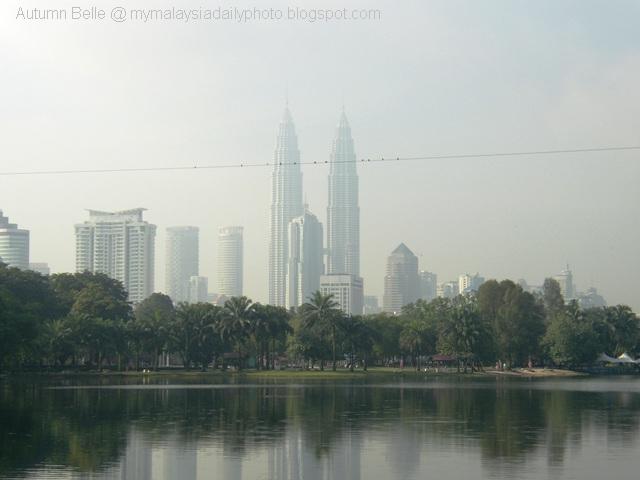
On Saturday, October 3rd this year, Chinese around the world will celebrate the Mid-Autumn Festival (Zhongqiu) . It is also known as Moon Cake Festival or Lantern Festival. It falls on the 15th day of the 8th month of the chinese lunar calendar. It is the day many of us believe that the full moon will be at its biggest and brightest.

More than a month before the big day, booths are set up at shopping complexes promoting the sale of colourful lanterns and moon cakes, the 2 most important elements of this festival.

Traditional lanterns are shaped as birds, fishes, animals and mythical dragons while the modern ones follow the shapes the latest cartoons such as Ben 10, the latest craze among children here. Traditional lanterns are made of paper and uses candles while the modern ones are made of plastic and battery operated with music and movement. They are so many choices available.

Besides decorative booths at shopping complexes, local town councils, temples and resident associations organise lantern festivals at their locality encouraging mass participation on certain theme nights. It is indeed a sight to behold with families and friends coming out in full force to join in the festivities. Can you imagine how it will be with many beautiful lanterns lighting up the night?

Consumers are spoilt for choice when it comes to the varieties of mooncakes available. Each mooncake can be differentiated by
a) the skin - baked, snow, crystal or pastry type
b) filling - lotus seed paste, dates, red bean, mung bean, egg yolks, mellon seeds, sesame, mixed fruits, nuts, ham, jelly, tiramisu, halal (pork free and conform to Muslim requirements) and even Haagen Dazs Ice-cream mooncakes!
c) flavour - sweet, reduced sugar, pandan, green tea, coffee, chocolate, fruity, etc
Mooncakes used to be produced by traditional chinese confectioners but nowadays many bakeries, hotels and restaurants produce them. Every year it looks like an all out war among them as each race to outdo the other with new designs, fillings and creative names.
The picture below is a sample of how a traditional mooncake looks like. The skin has auspicious pictures and words. Can you see the egg yolk, melon seeds and lotus paste filling inside?

It is customary to buy mooncakes as gifts to family and close friends during this season. Now this custom has extended to corporate-clients level. Mooncakes are packaged in beautifully designed gift boxes made of paper, wood or metal.
In the old days, children come out after dusk, carrying brightly coloured lanterns and have fun roaming the streets and dark corners in groups. On the main day of the festival, families will gather together to perform prayers at night i.e. after the moon is visible in the sky. Some of the offerings are mooncakes, tea, taro root or baby yam, water caltrope (leng kok), goundnuts, incense and joss sticks. After the prayer sessions, family and friends will have a good time enjoying the food amidst some chatter and laughter while children played with lighted candles and lanterns under the moonlight.
Eversince man took the first step on the moon, many of us have discontinued with the practise of praying to the full moon. Instead we hold parties, family gatherings or participate in big scale events organised by the local authorities.
Is this festival celebrated in your country?
Do you have any experience to share regarding this festival?
This is my entry for My World Tuesday Issue LI, a meme, strictly non-profit, where we have fun by showing you our world. My special thanks to the MyWorld team: Klaus Sandy , Ivar Wren , Fishing Guy and Louise. See how others view their world or to participate, click here.









































 This is the giant Amazon water lily, the Victoria Amazonica. Under a project headed by the distinguised botanist and researcher, Dr. Francis Ng, we now have our very own giant water lily at the water lily pond on ground floor, Rainforest area of 1-Utama Shopping Centre.
This is the giant Amazon water lily, the Victoria Amazonica. Under a project headed by the distinguised botanist and researcher, Dr. Francis Ng, we now have our very own giant water lily at the water lily pond on ground floor, Rainforest area of 1-Utama Shopping Centre.













 The garden is well maintained with a variety of flowering plants, plams and trees. The above is a picture of the bright red canna flower.
The garden is well maintained with a variety of flowering plants, plams and trees. The above is a picture of the bright red canna flower.